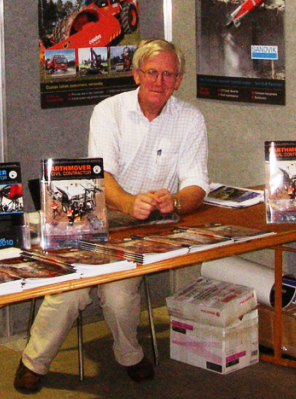There are several well-worn pilgrim routes across Spain and further afield, which bear the Compostela name. But they all terminate at the cathedral in Santiago de Compostela near the north west corner of Spain.
We flew from Melbourne to Madrid in mid April and caught a very fast train to San Sebastian in the far north east of the country, on the coast and near the French border.
From there we started our walk on the route closest to the coast. Mostly country roads and well-worn tracks - pilgrims have been walking towards Santiago for at least 1000 years – we followed ceramic shells or drawings of one, to indicate the route. Fellow pilgrims often carried shells dangling from the backpacks to indicate their involvement in the walk too
.
To me one of the biggest joys of the Compostela is that there are dedicated hostels scattered roughly a day’s walk apart along the route. And usually there are restaurants nearby, often designed to cater almost exclusively to walkers. So we usually had a very adequate simple three course meal, plus beer or wine, for 10 to 12 Euros each.
On only one occasion on the two week trip, were we not near a coffee shop, so we could have coffee and croissants in the morning. A walk of about 5km to a supermarket more or less solved that omission.
That meant because accommodation and food were provided en route, we did not have to carry much food, or any bedding, apart from sleeping bags.
Our walk was almost entirely through small farms on rolling hills. Many had just made silage so there was that smell in the air.
It was Basque country, the home to intriguingly enterprising people, who are not really Spaniards, although no-one can really tell where they came from. Their language is quite different and unexplainable as well.
One day while having lunch in a square, a dog wandered up to see if we had dropped any food. Ollee tried to engage it in Spanish but it just backed away looking somewhat wary. However he talked to it in the Basque language and it was suddenly quite friendly. Obviously a Basque dog.
Every village and town we went through had a large square with at least a restaurant, a bar and a few shops around it. And in the evenings whole families descended on these squares to eat and drink from from tables and chairs in the streets, and talk to and play with friends at other tables.
It is a wonderful feature of European life we have tried to emulate, but just haven’t matched, and there’s hardly a sign of it in this pandemic time.
That magic walk had a special anticipatory feel both to Ollee and to me, because his wife Lauren, was due to give birth to their first child and my first grandchild, in just a few weeks.
In due course Ernie was born without undue trouble and a couple of years later, Lauren gave birth to Wilf, now just one year old.
So if I’m still alive and reasonably fit in 2030, it would be wonderful to traverse the Camino de Compostela, again with Ollee, but with two grandsons as well, absorbing its wonders for the first time.
David Palmer
February 2021


 RSS Feed
RSS Feed
